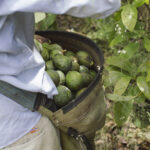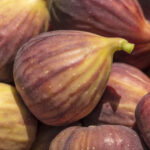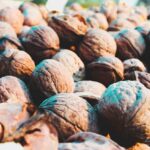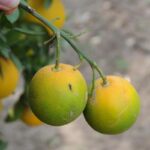California Navel season 'one of worst in history outside major freeze year'

The recent California Navel orange season will go down in history as one of the worst ever outside of a major freeze year, the California Citrus Mutual (CCM) has said.
The association said the market was facing "a series of challenges" as the 2018-19 season kicked off last year. These included trade issues and low domestic demand due to abundant low-quality imported fruit.
"Unprecedented volumes of imported fruit were present in the marketplace for much later into the season than is typical, which remains a significant disruption to the market," the CCM said.
"Consequently, the normal pent-up demand for fresh California citrus early in the season did not exist. Instead, there was an oversupply situation and a confused customer base."
California’s mature fruit entered a marketplace where available was of "inconsistent quality, cheap prices, and poor flavor", it added.
The group explained there was a lack of movement at the store level and therefore reluctance by the retail buyer to purchase additional volumes of citrus.
Customers had been put off buying citrus due to the poor quality of imported fruit, the CCM said. This made initial marketing efforts "extremely difficult". The situation was compounded with inferior product in the mandarin category, it said, and differentiating California product from offshore supplies proved to be more difficult than anticipated.
"To make matters worse, the California crop was dominated by small sizes. With consumer preference being for large size fruit, especially during the holiday season, the industry was fighting for shelf-space with a less than desirable size structure," the CCM said.
Trade issues exacerbate poor domestic market for California Navel industry
Trade issues also created challenges for the Californian citrus sector.
With China having significantly increased tariffs for U.S. fruit imports, the typical demand boost that normally comes around the Chinese New Year and remains for the coming few months did not materialize this year.
"Some fruit was exported but was immediately delayed due to increased port inspections in China," the CCM said. "For the 2018-19 crop year, tariff levels and inspection practices on California citrus created barriers that were difficult to overcome. This forced marketers to place more time and attention on the domestic market."
Another blow came when the U.S. pulled out of the proposed Trans-Pacific Partnership (TPP) trade agreement. Most significantly, being part of the deal would have meant lower tariffs for U.S. fruit entering Japan.
"This allowed competing nations to enter the Japanese market at a price lower than California’s. Expanding Japanese export opportunities to compensate for losses in China was therefore not a good option," the CCM said.
"In fact, just sustaining that export base became a significant challenge. All this was readily visible by late October and it became evident that the first quarter would be difficult."














































